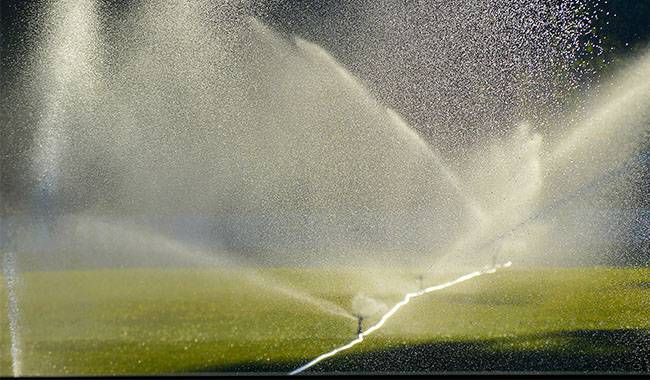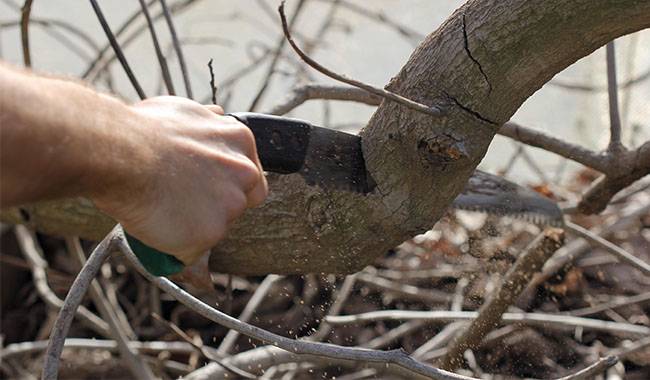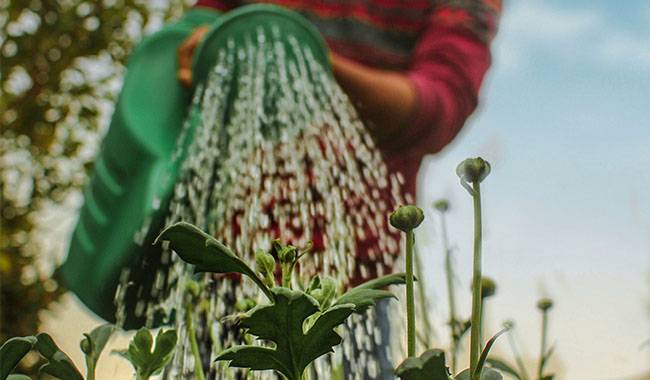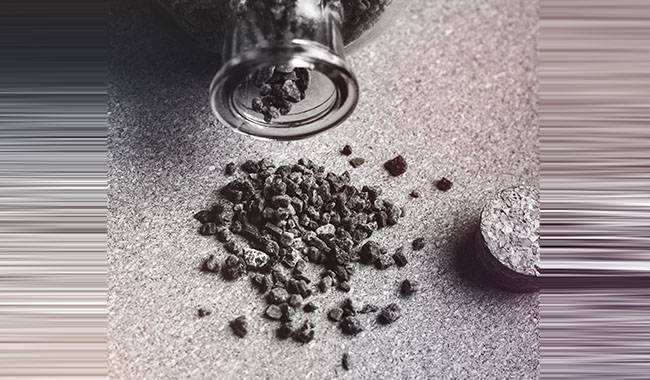
It is well known that nitrogen, phosphorus, and potassium are the main elements necessary for the proper growth and development of the plant organism, however, this development will be far from complete if the soil is deficient in trace elements.
To compensate for the deficiency of these elements in the soil, there is Micronutrient Fertilizer, which is recommended to be applied along with the basic fertilizer.
FORMS AND TYPES OF MICRONUTRIENT FERTILIZER
Any Micronutrient Fertilizer, in fact – is a very real complex of microelements, which are most available to plants in the form of chelates.
It is no secret that micronutrients are present in organic fertilizers as well as in mineral fertilizers, but they are present in another form that is less readily available to plants.
The use of Micronutrient Fertilizer, despite its necessity and practicality, must be exercised in accordance with the recommendations, not exceeding the optimal dose, otherwise, it is easy to achieve an over-saturation of these elements in the soil, which can lead to the accumulation of harmful substances in crops and fruits.
All Micronutrient Fertilizers are divided into different categories, according to the main elements contained in them (the one that is more). Among Micronutrient Fertilizers there are also compound fertilizers, which can contain two or more elements. This type of fertilizer often has a multifaceted effect on the plant organism.
In addition to the chelated form mentioned above, the ingredients of Micronutrient Fertilizer can also be present in the form of inorganic salts, but the clear advantage remains the chelated form because the assimilation process of the plant organism is faster (5 times or more) for this form of ingredients compared to inorganic salts.
Usually used in horticulture and horticultural Micronutrient Fertilizer: manganese (Mn), copper (Cu), molybdenum (Mo), boron (B), and zinc (Zn).
BORON MICRONUTRIENT FERTILIZER
Boron Micronutrient Fertilizer can be used in all seasons and during plant growth, but boron is most effective in the early stages of plant development, as it activates the growth process.
Boric acid and borax. Boric acid contains up to 37% boron, while borax contains about 11% boron. Usually, boric acid is used to soak seeds or to spray the plant’s nutrient body during the early stages of plant development. Boric acid is a very economical Micronutrient Fertilizer, requiring only four grams per hundred grams of soil. The main thing in making this solution is – always follow the recommended preparation technique and dosage.
Interestingly, plants lacking boron in the soil are more prone to root and root rot, as well as root duplication. Regular application of borax to the soil can eliminate or reduce the risk of these diseases. In addition, borax and boric acid help cure bacterial diseases of flax, scab of potatoes, and leaf spot and tissue blight of fruit trees. Micronutrient Fertilizer with boron in sugar beets increases yield and sugar content, and the amount of starch in potato tubers increases.
Boron Superphosphate. This Micronutrient Fertilizer is usually used during soil preparation for sowing or planting, and it is most often applied under digging. Boron superphosphate is an ideal fertilizer for potatoes, helping to improve the taste and overall quality of the tubers, and for sunflowers. However, for other crops, this Micronutrient Fertilizer can also be applied and help accelerate growth and improve results.
Ammonium Lime Nitrate with Boron. This Micronutrient Fertilizer can be used on any plant and it can safely be called a general-purpose fertilizer. The fertilizer works by improving the overall immunity of the plant and reducing the risk of scab, heart rot, and spot disease. In addition, the fertilizer improves the quality and flavor of fruits and berries. Good results can be achieved when the fertilizer is used under winter crops, oilseed rape, wheat, etc.
MOLYBDENUM MICRONUTRIENT FERTILIZER
Typically, this fertilizer is applied to soils with a neutral response. molybdenum in Micronutrient Fertilizer is present in mobile form and is well suited for use by plant roots. The use of this fertilizer maintains the balance of nitrates and nitrites in the soil, which play a key role as accumulators of atmospheric nitrogen by bacteria located in the nodules. If the soil is deficient in molybdenum, the quality and quantity of the crop will be reduced.
On soils with increased acidity, it is necessary to restore normal acidity by applying lime before introducing the molybdenum-based Micronutrient Fertilizer. Interestingly, the molybdenum content increases on its own after lime treatment of the soil, as the “reserves” of acid-bound molybdenum become “free”. The use of Molybdenum Micronutrient Fertilizer improves the quality of production and increases the protein content of legumes, the vitamin content of fruits and berries, and the sugar content of vegetables.
Molybdenum Micronutrient Fertilizer includes:
- molybdenum powder, this Micronutrient Fertilizer has a molybdenum content of up to 16%. This powder can be used to make liquid fertilizers, and potato tubers and seed material can be treated with it before sowing and planting.
- Ammonium molybdate, which has a molybdenum content of up to 53%, leads the way in terms of the content of this element. Usually, ammonium molybdate is made in the spring when the soil is re-tilled, although, with good results, it is introduced as a foliar spray during the season. The dosage of this fertilizer is very small, only 180-210 grams per hectare, under the re-tillage of the soil.
- from the waste of electric bulb production, they contain up to 13% molybdenum. The waste is usually used in important soil areas from one hundred hectares and above. The introduction of molybdenum in this form can easily increase the yield of food crops to 26-29%. The production of used electric light bulbs can rightly be called an irreplaceable fertilizer for large areas of soil.
COPPER MICRONUTRIENT FERTILIZER
This fertilizer is mainly used on waterlogged or peaty soils. On such copper-deficient soils, it is almost impossible to have a good harvest. These fertilizers are usually made from the waste of various industries and are divided into several groups.
- Copper sulfate, in the form of dark blue crystals, is used for foliar sprays or for soaking seeds before planting. Usually, this fertilizer is applied in liquid form and its crystals are completely soluble in water. The dosage is one gram per square meter of soil. You should not overuse it – you can use it once every four years, but not more than once.
- Pyrochlore granules, a fertilizer that looks very similar to ashes. This powder contains a small amount of copper, so if you are faced with the choice of applying this fertilizer or copper sulfate, it is best to favor the latter.
OTHER VARIETIES OF MICRONUTRIENT FERTILIZER
The fertilizers we have listed are regulars in fields and gardens, but in addition to these components, other components are needed for the full growth and development of plants: manganese (Mn), zinc (Zn), iron (Fe), cobalt, and others.
For example, manganese is actively involved in the photosynthetic apparatus, redox reactions, and other important processes. If manganese is deficient, crop growth and development and fruiting will be worse, but not better if there is an excess of this element in the soil. All manganese fertilizers can be divided into various types, with different amounts of this substance.
Micronutrient Fertilizer with zinc as the main element actively participates in the metabolism of phosphorus and proteins, strengthens the plant’s ability to retain water, and participates in the synthesis of thiamine and vitamin C. If the zinc content in the soil is low, it first breaks the metabolism of carbohydrates and inhibits the synthesis of chlorophyll, sucrose, and starch.
Zinc sulfate can help replenish the lack of zinc in the soil, it contains up to 24% of this element.
Cobalt Micronutrient Fertilizer. these fertilizers actively participate in the accumulation of nitrogen by the tubercle bacilli. The lack of cobalt in the feed of farm animals is associated with the lack of cobalt in the soil, which can lead to a decrease in their immunity and the outbreak of various diseases. There are subtypes of cobalt fertilizers: cobalt sulfate and cobalt chloride.
In addition to these, there are also Micronutrient Fertilizers containing iodine. this fertilizer stimulates the growth and development of plant organisms. Usually, a crystalline iodine solution is used as fertilizer, which is foliar sprayed and treated on seeds before sowing.
COMMON TYPES OF OFF-THE-SHELF MICRONUTRIENT FERTILIZERS
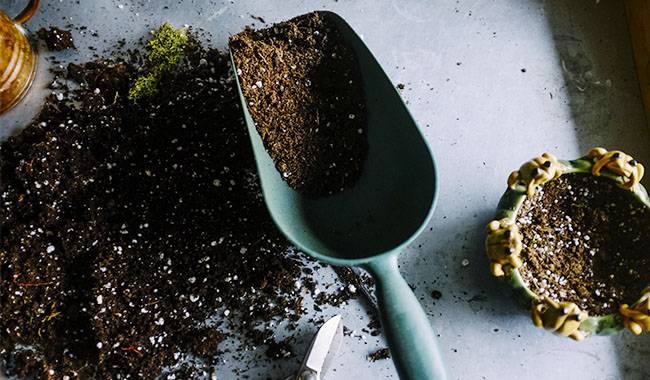
Recently, the release of Micronutrient Fertilizers that do not contain one major element, but several elements at the same time, has become more frequent. The main advantages of this type of fertilizer are ease of use (you can not calculate the dosage and do not worry about compatibility), complex effects on plants (one application eliminates the deficiency of several elements), and possible inhibitory effects on various diseases and pests.
Master, this fertilizer has the widest range of use. It can be used to fertilize food crops and other plants, including household plants (such as orchids). Iron, zinc, manganese, and even copper are all present in the fertilizer. A definite advantage of this fertilizer is that it can be used for plants on soils of different acidity.
In general, this fertilizer is rich in macro and micronutrients, but mainly in iron and boron. In addition to these, there is molybdenum, manganese, magnesium, phosphorus, nitrogen, potassium, vanadium, zinc, iodine, and even cobalt. You can use this fertilizer for standard applications and treatments in the soil, i.e. foliar applications.
The undoubted advantages of this fertilizer are its high assimilation capacity in any type of soil and in any acidity, improved plant immunity, full compatibility with herbicides and pesticides, its adhesion, through which the fertilizer is more evenly distributed on the foliage of the plants, increased yields of up to 30% and reduced nitrates in fruits and vegetables.
Oracle is a true compound that contains all the most important components for plants, including iron, copper, boron, manganese, and zinc. This fertilizer is usually available in liquid form and can be used on all types of plants, including agricultural and flowering crops. Needless to say, all the elements in this fertilizer are present in the form of chelates, that is, in a form available to plants. The positive properties of this fertilizer include improved plant uptake of nutrients from the soil, improved plant immunity, improved product quality (fruits, berries, etc.), and yield increase of up to 30%. This fertilizer is especially effective in combination with any growth regulator.
“Sizam ” this fertilizer is ideal for fertilizing vegetable crops and is particularly beneficial for cabbage. The fertilizer contains the same elements as the former, but in addition, sucrose. The effect of this form of fertilizer is to stimulate endophytic bacteria and fungi in the plant and root zone, the consequence of which will be to harmonize the overall development and growth of the plant organism.
This fertilizer can be found on the market, packaged in granules, four or five millimeters in diameter, white in color, and odorless. The granules are completely soluble in water, which is why they are always applied as a liquid fertilizer.
The effect of the fertilizer is to increase the volume of the entire root system and its individual fibers, which leads to the activation of endophytic fungi, through which the germination of seeds is increased, the growth of the asexual line is increased and the diameter of the shoots is increased.
SUMMARY
We have learned what Micronutrient Fertilizer is and why it is needed, we have found that the proper functioning of the plant organism is simply impossible without the presence of various elements in the soil, and we have learned that the use of Micronutrient Fertilizer not only increases yields (sometimes up to 30%) but also improves the composition of feed for livestock and can reduce nitrates in fruits and vegetables, which is already necessary for you and me.
Considering all this, it is not worth ignoring the introduction of a Micronutrient Fertilizer, in addition to the fact that all the substances are available to plants in a water-soluble form and can be used simultaneously with macro fertilizers and pesticides. When applying Micronutrient Fertilizer, the main thing is to strictly adhere to the dosage usually given on the package.




